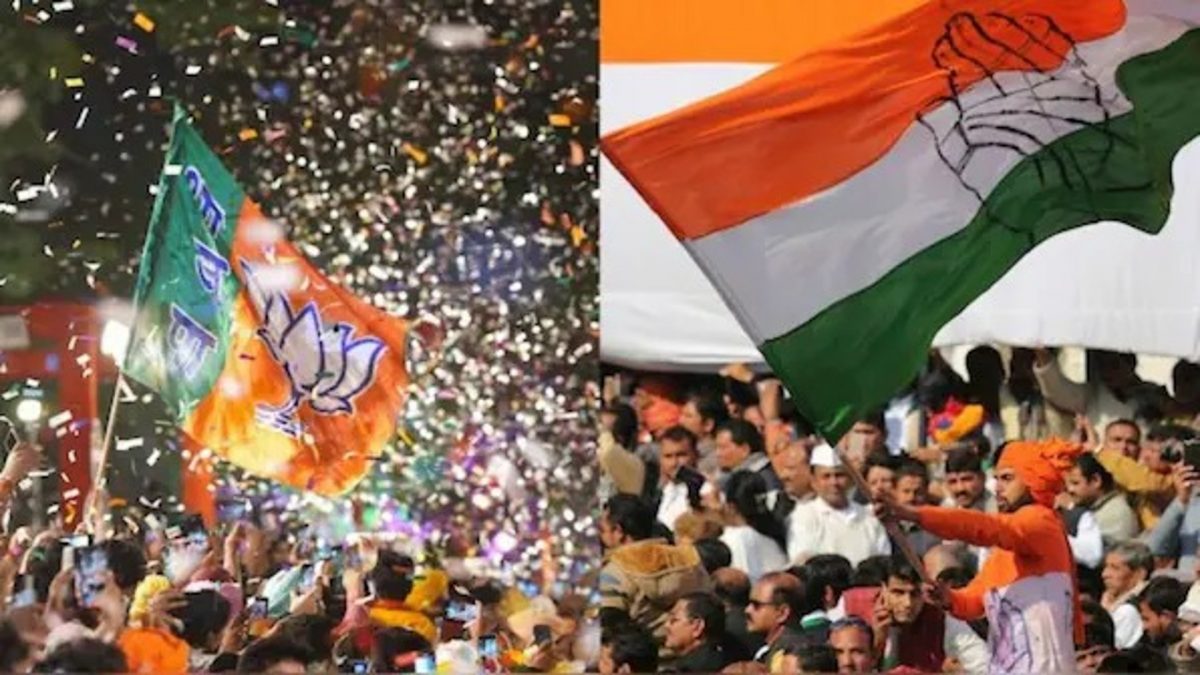The assembly elections in Jharkhand and Maharashtra are happening in the last leg of the election calendar released by the Election Commission for 2024. Jharkhand is voting in two phases — the first phase is happening today, and the second phase of polling is scheduled for November 20. Maharashtra will vote in a single phase on November 20.
As the resource-rich Jharkhand gears up for the vote, let’s take a look at some of the unique features that make the mineral capital of India special. It is home to cultural diversity, with tribal communities offering rich heritage to visitors and its plateaus and hills are sources of good revenue for the government.
Here, we outline 10 unique facts about Jharkhand that give the state its identity, speak about the challenges it faces, and show why stakes are high in this election:
Jharkhand was established on November 15, 2000. It gradually emerged from Bihar to become India’s 28th state. This date was chosen to honour tribal leader Birsa Munda, symbolising that state’s deep-rooted cultural and historical significance.
The word “Jhar” stands for ‘forest’ and “khand” means ‘forest’ in the Indo-Aryan language. This means land of jungles.
The state’s capital, Ranchi, is known for its greenery and moderate climate and Dumka its sub-capital. Alongside, Jamshedpur being a hub for industrial development and Dhanbad, renowned for its coal mines, and other major urban centres.
It is the 15th largest state by area, and the 14th largest by population. Around 26 per cent of Jharkhand’s population comprises tribal communities. The major tribes include the Santhals, Munda, Gond, Lohra, Birhor etc, who have a significant influence on the state’s cultural and political landscape.
Economically, Jharkhand is a powerhouse, holding significant coal, iron ore, and uranium reserves. Despite the wealth, the state grapples with high poverty levels and inadequate infrastructure, posing ongoing challenges for its development. These social concerns, combined with tribal land rights, employment, and industrial growth, are expected to be central themes as voters head to the polls.
Jharkhand is home to scenic attractions including the Hundru and Jonha waterfalls, Belta National Park, and pilgrim destinations like Baidyanath Dham in Deoghar.
In this eastern state, Bokaro Steel City was one of the first planned communities. One of the most prominent iron and steel enterprises in Jharkhand is Bokaro Steel City.
Tata Motors, established its plant in Jamshedpur in 1945, marking its first manufacturing facility and laying the foundation for India’s automobile industry.
Jharkhand is notable for its relatively high literacy rate and is home to prominent educational institutions such as the National Institute of Technology (NIT), Xavier School of Management (XLRI) and Birla Institute of Technology (BIT), which attract students from across the country.
According to the 2011 Census, Jharkhand’s literacy rate is 66.41 per cent, continuing its upward trend. Its sex ratio has been recorded at 948, for every 1000 males, which is less than the national average of 940. There are 3.3 crore people residing in Jharkhand.
As the first phase of the assembly election begins, Jharkhand stands at a crossroads where voter’s choices will steer its future. The electorates’ focus on sustainable development, tribal welfare, and economic growth could pave the way for more stability and progress.
)